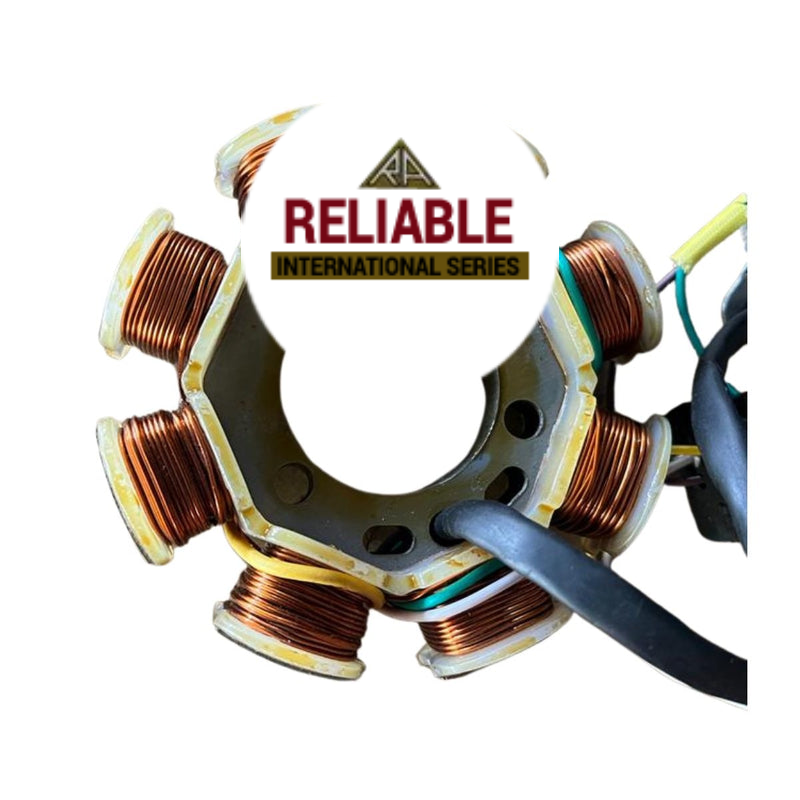
The motorcycle stator coil plate is a crucial component of your bike’s electrical system, responsible for generating the electrical power needed to run the ignition and charge the battery. When this part malfunctions, it can lead to a range of frustrating problems. Knowing how to diagnose common issues with the stator coil plate can save you time and money on unnecessary repairs. Here’s a simple guide to help you identify potential problems early.
What is a Motorcycle Stator Coil Plate?
Before diving into diagnosis, it’s important to understand what the stator coil plate does. The stator is a stationary set of coils inside the engine’s casing that, together with the rotor, produces alternating current (AC) electricity. This electrical energy powers the ignition system and charges the battery to keep your motorcycle running smoothly.
Signs Your Stator Coil Plate May Be Failing
If your motorcycle stator coil plate is failing, you might notice some warning signs such as:
- Battery not charging: Your battery loses power quickly even after charging.
- Engine misfires or stalls: Irregular sparks can cause the engine to run poorly.
- No spark: The bike won’t start or stalls unexpectedly.
- Burnt smell or overheating: Physical damage to the stator can cause overheating.
How to Diagnose Common Issues
Here are some steps you can follow to diagnose problems with your motorcycle stator coil plate:
- Visual Inspection: Start by inspecting the stator coil plate for visible signs of damage. Look for burnt areas, melted insulation, or broken wires. If you see any discoloration or physical damage, the stator may need replacement.
- Test the Resistance: Using a multimeter, measure the resistance between the coil’s terminals. Refer to your bike’s manual for the correct resistance range. Readings outside this range often indicate a faulty stator coil plate.
- Check for Continuity to Ground: Set your multimeter to test continuity and check if any coil wires are shorted to ground. A reading here means the insulation is compromised, which causes electrical shorts.
- Test Output Voltage: With the engine running, measure the AC voltage output of the stator coil plate. Low or inconsistent voltage indicates the stator is not generating enough power.
When to Replace Your Stator Coil Plate
If your tests confirm that the stator coil plate is damaged or not functioning properly, it’s best to replace it. Riding with a faulty stator can cause more serious electrical problems and leave you stranded.
Diagnosing issues with your motorcycle stator coil plate early can help maintain your bike’s performance and reliability. Regular checks combined with simple testing can keep your electrical system in top shape, ensuring your ride stays smooth and trouble-free.



